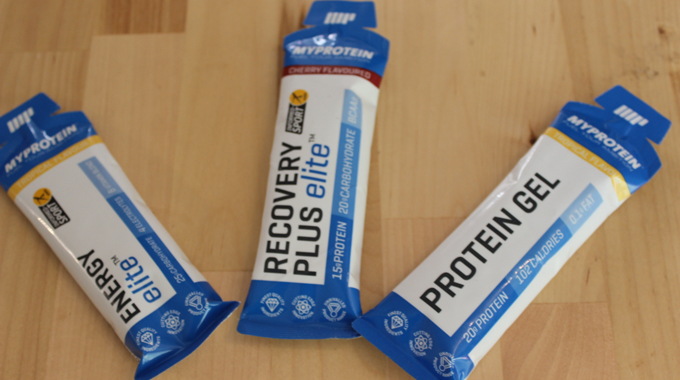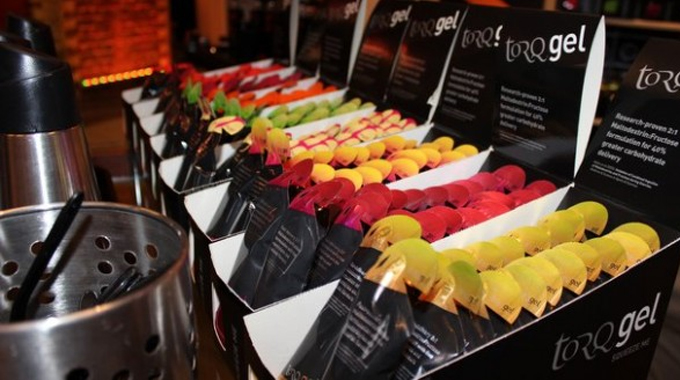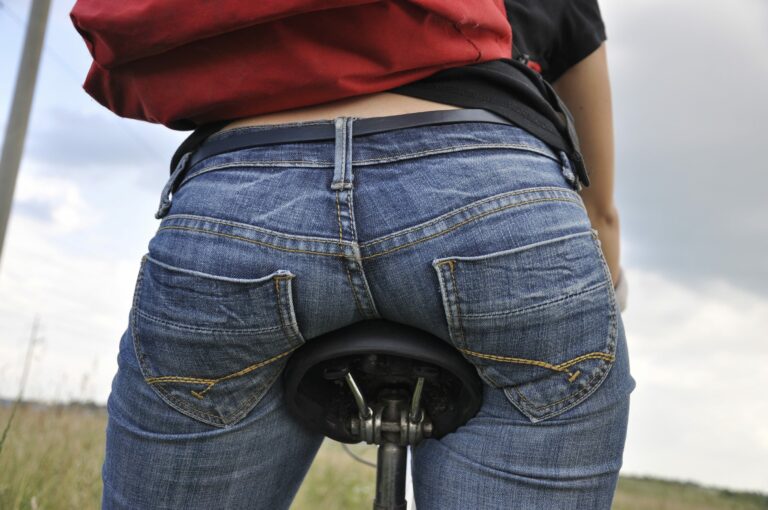
When you are cycling, your body is a furnace for carbohydrates, burning through them from start to finish – and afterward.
On average, most people will have enough carbs stored in their muscles to ride for around 90 minutes, before they start to run low on supplies, resulting in lethargy and reduced performance if a top-up isn’t provided.
For a ride over 90 minutes long, regular carbohydrate refuels become important and gels are one way of getting the energy in quickly – they’re a little faster than energy bars, and a little slower than drinks.
Some energy gels also contain caffeine, for an added zing, and electrolytes, to replace lost sweats.

A bit like a Frube…
Energy gels come in easy to carry pouches, and most are consumed by simply ripping off the top, and squeezing the gel into your mouth – much like a Yoplait Frube.
There are many brands available, each offering a host of flavours. Taste buds will vary, but this author would wholeheartedly recommend Gu’s Vanilla Bean, which is almost as good as desert, Torq’s Strawberry Yoghurt, or any of the Mule Bar Kicks gels. These are all fairly thick and sweet and should be followed up by a big gulp of water.
Some people prefer a thinner liquid, more akin to a drink in a pouch, and if that’s you, you might get on better with a product like SIS’s GO Isotonic Gels or High5’s Isogels.
These are more quickly dissolved and thus take effect more rapidly and don’t need to be taken with water, making them better for racing as well.

Great for racing and training, the choice is yours…
How often you use gels is up to you. Some riders prefer to use them for racing only when quick carbs that can be crammed in without the need to stop.
These riders might opt for flapjacks or other carby treats when training, but you should always test a gel on a training ride before using it in a race, to ensure it agrees with your stomach.
Six Healthy Bites for the Bike
There isn’t any reason not to use gels on more regular rides, and they are easy to transport and eat on the move, making them a popular choice.
Of course, in most cases you’ll want to ensure you aren’t consuming more in gels than you are burning on your ride – and do remember that they are high GI, sugary carbs, so good for quick fuel, but not a replacement for food.
How to Lose Weight While Fuelling Your Ride
Calorie content varies but is usually around 100 kcal, and most will contain in the region of 20g of carbohydrate. You can expect your body to be burning through around 1g per minute, though this varies depending upon the intensity and your body weight.
Most nutrition suppliers recommend you consume between one and three gels per hour, but you’ll learn to read your body over time – not enough and you’ll feel hungry, too much and you’ll feel sluggish as energy is diverted to process the extra calories.
With experience, you’ll learn the routine of your body, so you can fuel before you feel the first pangs of hunger, and take a gel before you notice a drop in energy – most people feel an effect in 10 to 20 minutes.
Though you can rely on energy drinks, gels and bars alone, it’s best not to use them to replace full meals, so if you’re out for a long day in the saddle, stop for a simple lunch and use the gels as supplements or ‘snacks’ along the way.
If you like to know exactly what’s in your food, of course, you can opt for a home made energy gel – we’ve got an Apple Cinnamon recipe right here.
You may also like:





